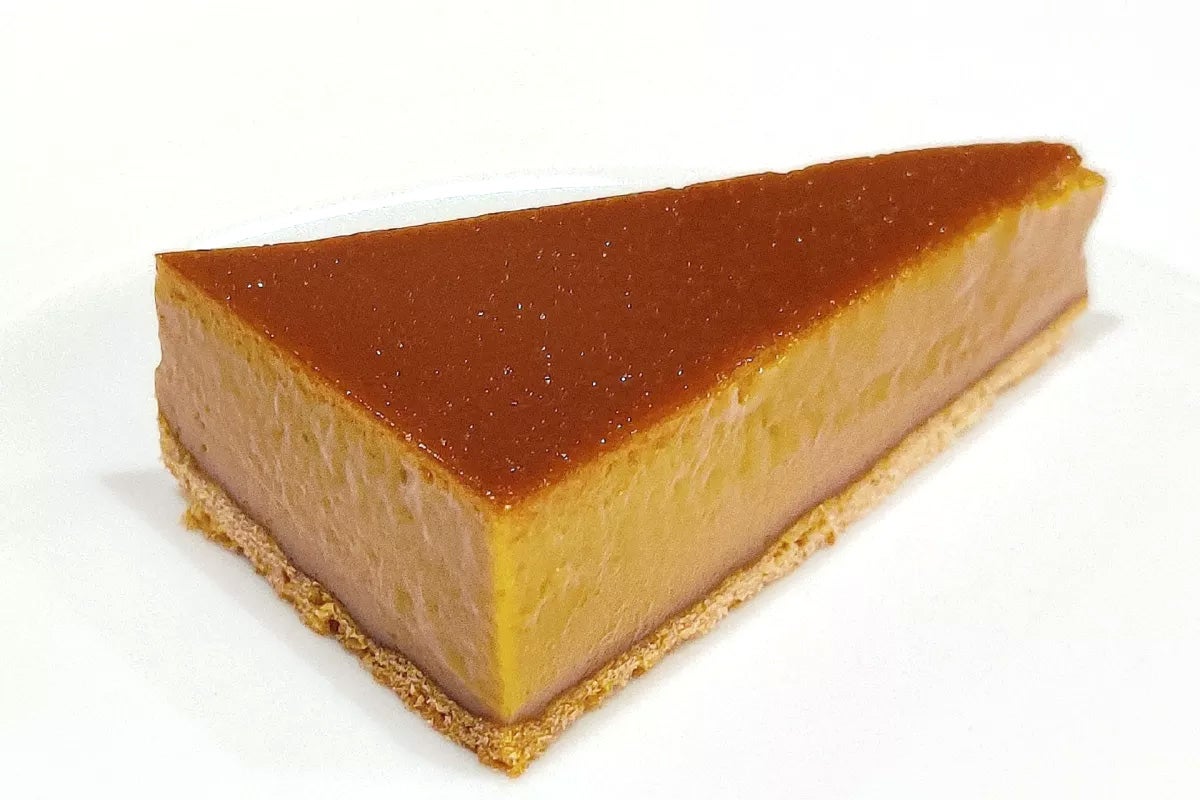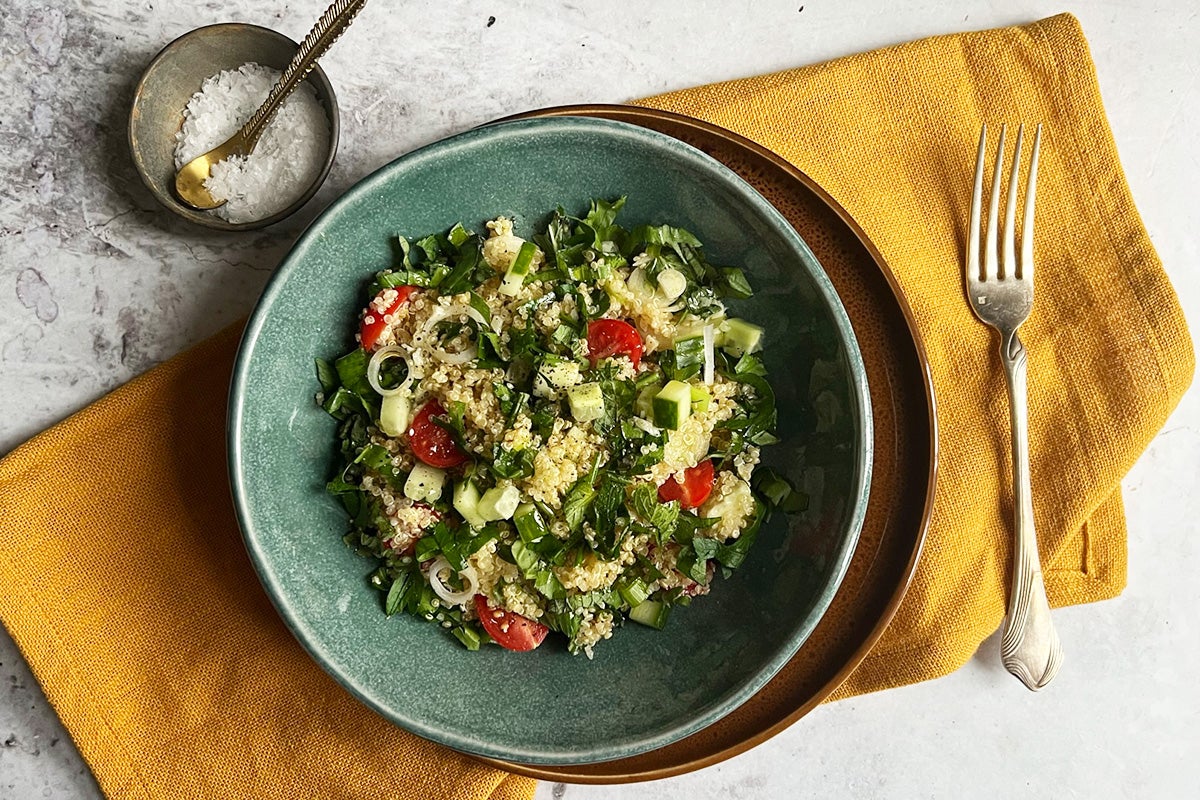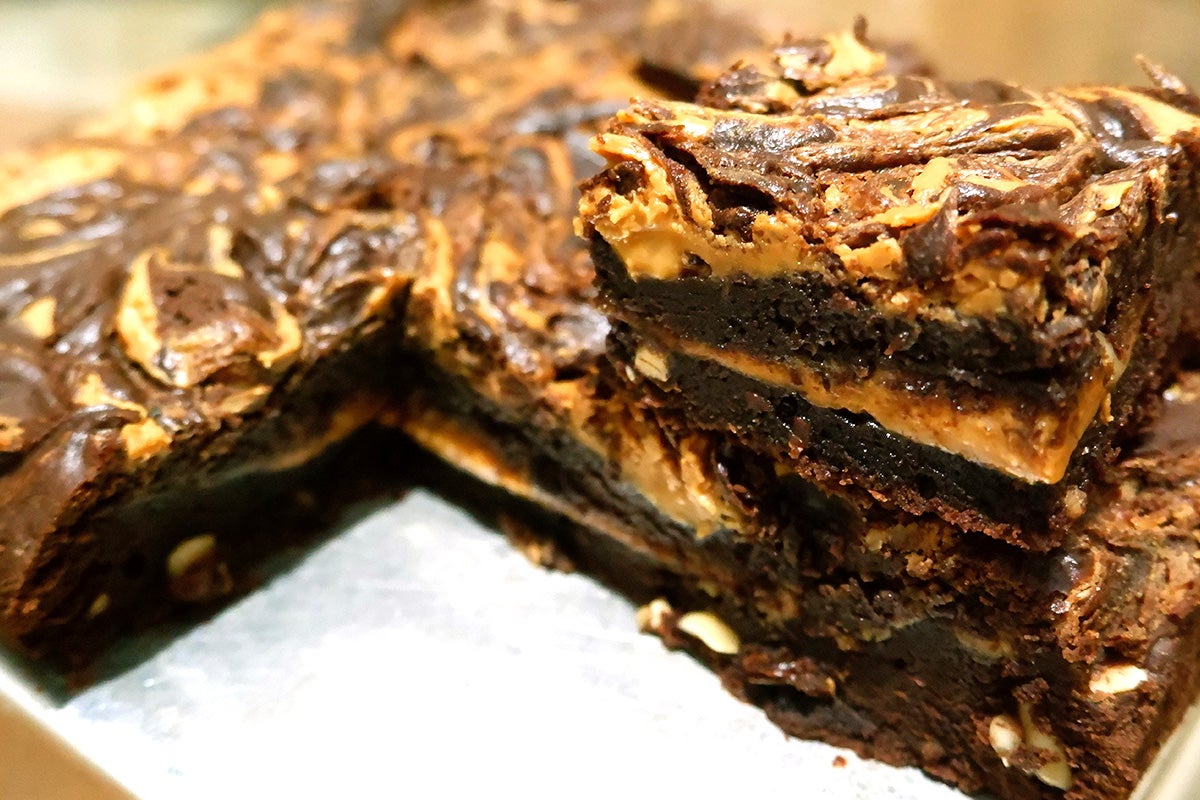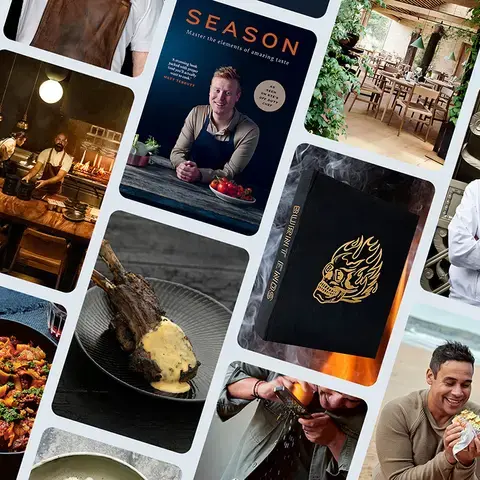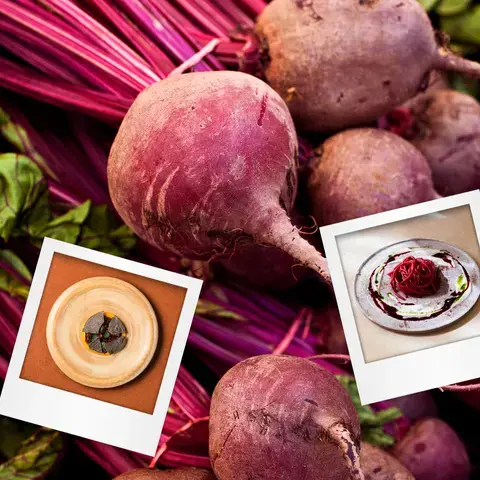We hear a lot about ancient grains these days and that we should be eating more of them. If you are curious about the benefits of eating ancient grains and integrating more of them into your diet, here are some recipes that show you how to make the best of them.
The recent rise in popularity is very much more than food fashion or a fad—the ingestion of ultra-processed and refined wheat flour over the last century has caused all kinds of health problems in populations across the world. Our bodies are designed to digest the ancient grains we cultivated and cooked for thousands of years before the mass production of white flour took over our supply chains and our kitchens. Ancient grains are higher in nutrients and protein, and because they haven’t been refined, they are usually higher in fiber.
Ancient grains are becoming ever more available to even the most food deprived communities. They should be promoted widely as they often come from crops that are disease resistant, and much hardier, meaning they require fewer pesticides and fertilizers to grow, so there are benefits both for the individual and society at large in consuming more ancient grains. Here are recipes for preparing ancient grains as well as tips and tricks that can help you to make the most of them.
Spelt
Spelt, a close relative of wheat, has been cultivated by humans for over 7,000 years. It has a delicious nutty flavor and is light, making it a good alternative to wheat flour in baking, while also higher in protein, fiber, and zinc. Ancient grains appear in many regional Italian recipes and spelt is used in this traditional Italian spelt bread gnocchi, served with cherry tomatoes and capers.
Bulgur
Bulgur is a Middle Eastern wholewheat durum grain whose name literally means ‘cracked wheat’. It is generally cooked like semolina and used in both sweet and savory dishes. Like all ancient grains, bulgur has a higher protein and fiber content, but it is also higher in magnesium and manganese. Try this recipe for bulgur salad, which comes from Jordanian cuisine and works well as a starter.


